Technological Advancements
The Digital Tattoo Market is experiencing a surge due to rapid technological advancements. Innovations in materials and printing techniques have led to the development of more sophisticated digital tattoos that are not only aesthetically pleasing but also functional. For instance, the integration of sensors and microchips into tattoos allows for real-time health monitoring, which is becoming increasingly appealing to consumers. As technology continues to evolve, the potential for digital tattoos to serve various purposes, such as tracking fitness metrics or even providing biometric data, is likely to expand. This trend suggests that the Digital Tattoo Market could see significant growth as more consumers become aware of the benefits associated with these advanced products.
Increased Focus on Health Monitoring
The Digital Tattoo Market is poised for growth due to an increased focus on health monitoring. As individuals become more health-conscious, the demand for innovative solutions that facilitate health tracking rises. Digital tattoos, which can incorporate sensors to monitor vital signs, are emerging as a viable option for consumers seeking to maintain their well-being. Market Research Future suggests that the health and wellness technology sector is expanding, which could lead to greater acceptance and adoption of digital tattoos. This heightened awareness of health management indicates that the Digital Tattoo Market may experience a significant increase in interest as consumers look for effective ways to monitor their health.
Customization and Personalization Trends
The Digital Tattoo Market is influenced by the growing trends of customization and personalization. Consumers are increasingly seeking products that reflect their individuality and personal stories. Digital tattoos offer a unique opportunity for customization, allowing individuals to design tattoos that resonate with their personal experiences and preferences. This trend is supported by market data indicating that personalized products are gaining traction across various sectors. As consumers continue to prioritize unique self-expression, the Digital Tattoo Market is likely to benefit from this demand for tailored solutions. This suggests that the market could see a rise in innovative offerings that cater to the desire for personalized digital tattoos.
Cultural Acceptance of Body Modifications
The Digital Tattoo Market is witnessing a shift in cultural attitudes towards body modifications. As society becomes more accepting of tattoos and body art, the stigma surrounding these forms of self-expression diminishes. This cultural shift opens the door for digital tattoos, which combine artistry with technology. The increasing visibility of tattoos in mainstream media and among public figures further normalizes their acceptance. As more individuals embrace body art as a form of personal identity, the Digital Tattoo Market is likely to see a rise in demand. This trend indicates that the market could expand as consumers seek innovative ways to express themselves through digital tattoos.
Rising Consumer Interest in Wearable Technology
The Digital Tattoo Market is benefiting from the growing consumer interest in wearable technology. As individuals seek more seamless and integrated ways to monitor their health and enhance their lifestyles, digital tattoos present a unique solution. Unlike traditional wearables, digital tattoos offer a more discreet and permanent option for tracking health metrics. Market data indicates that the wearable technology sector is projected to grow substantially, which could positively impact the adoption of digital tattoos. This increasing consumer demand for innovative health solutions suggests that the Digital Tattoo Market may experience a notable uptick in interest and sales as more individuals look for alternatives to conventional wearables.


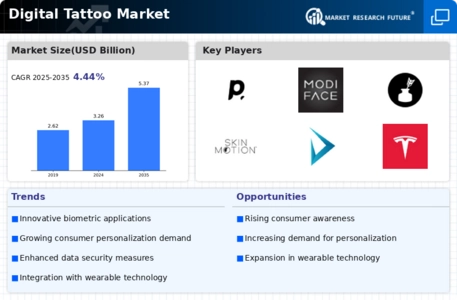
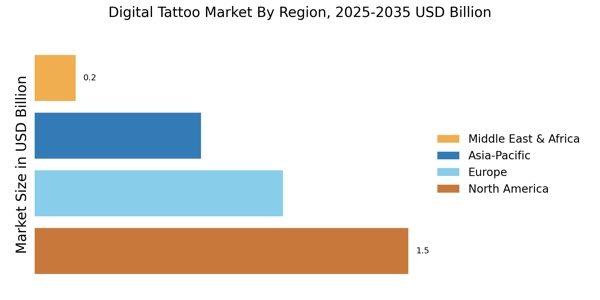
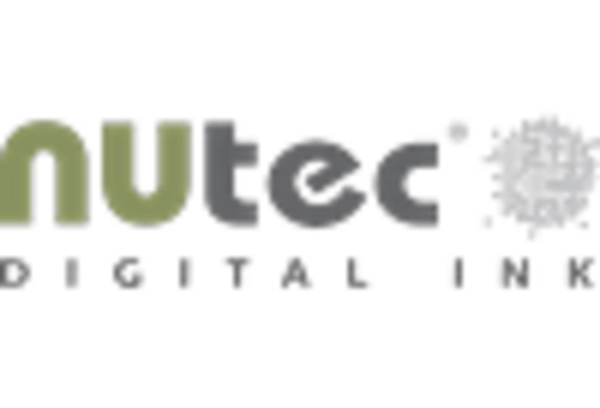


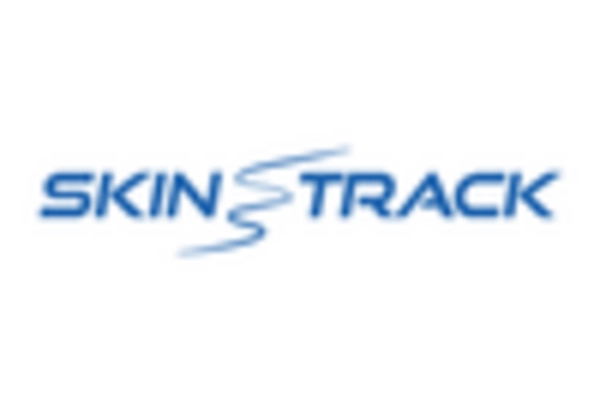
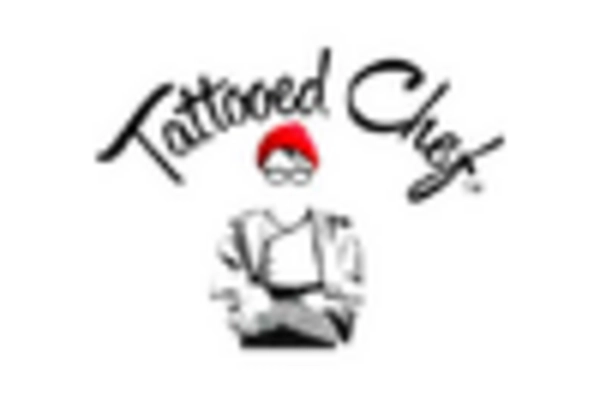
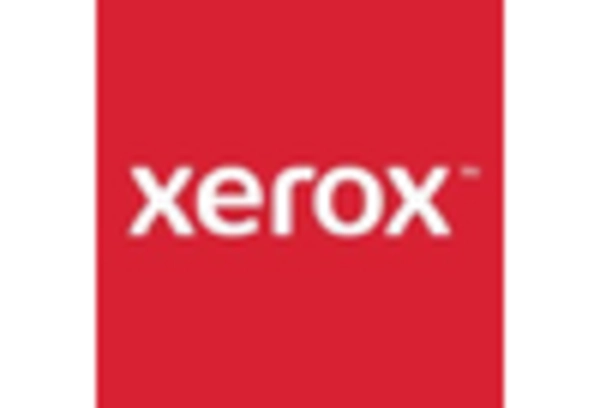








Leave a Comment